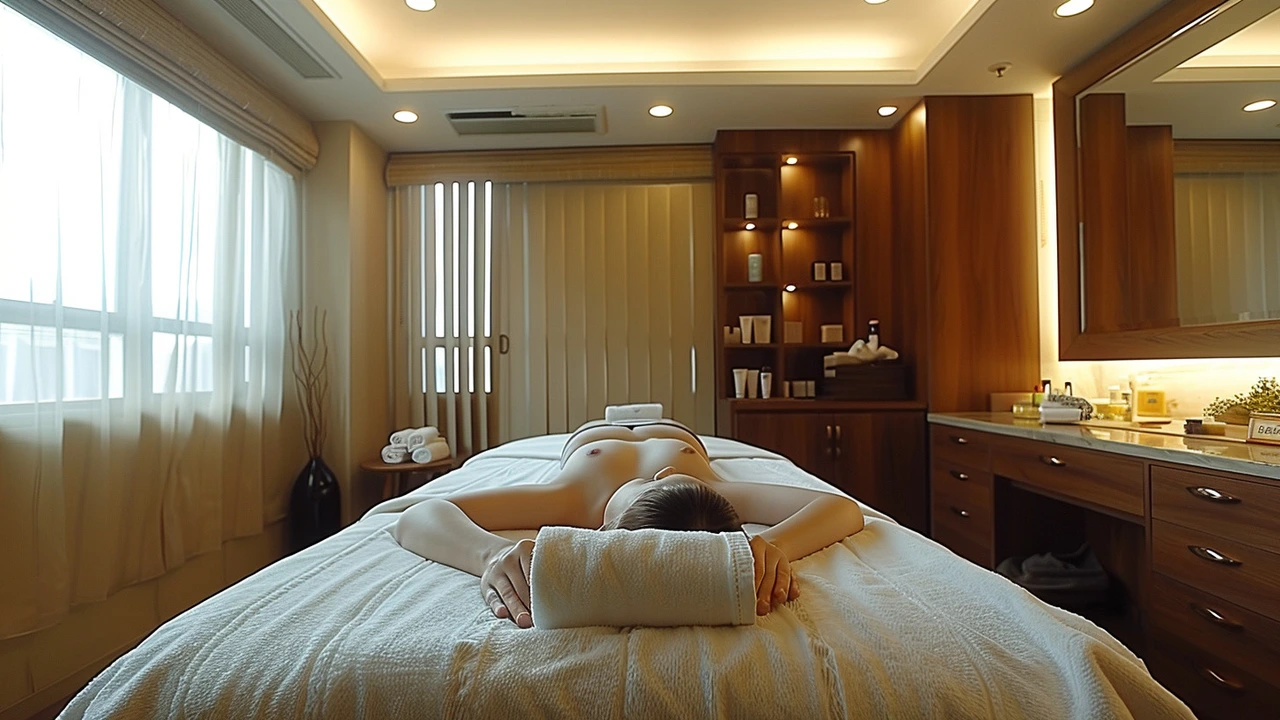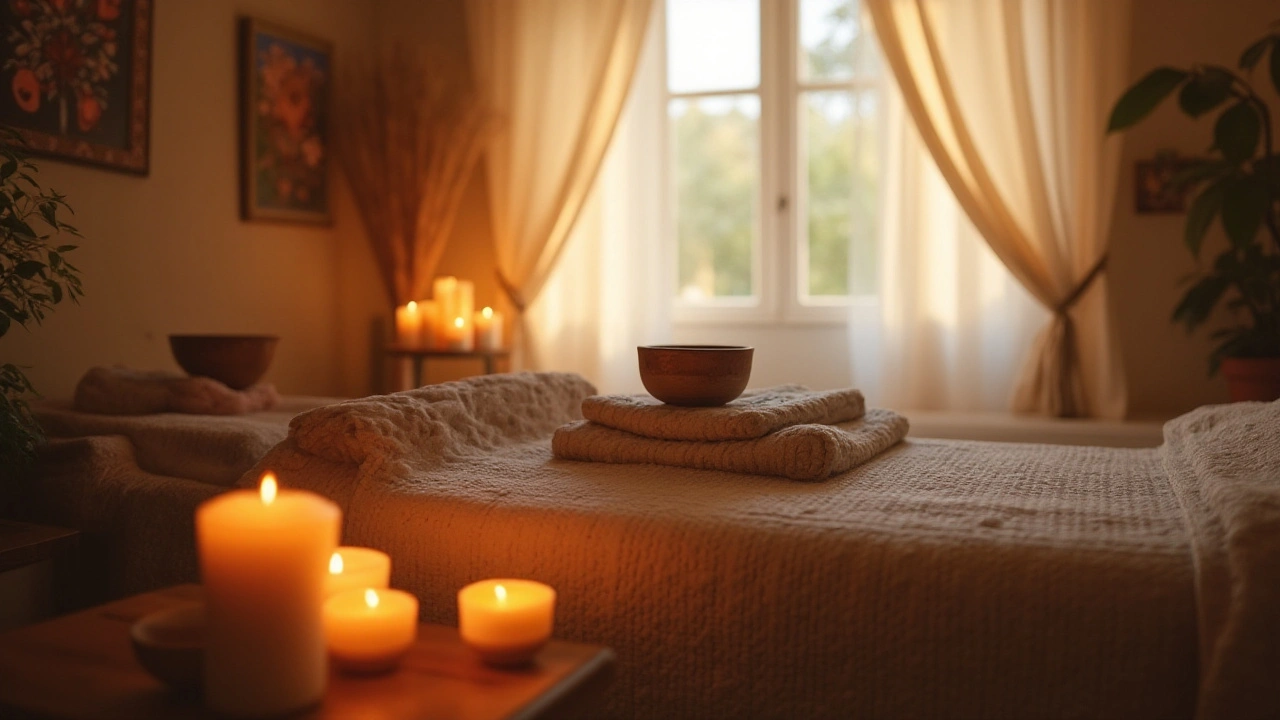Body Benefits: Real Ways Massage Improves Your Health
If you think a massage is just about feeling good for an hour, think again. Every style – from Thai bodywork to Swedish kneading – triggers specific changes in your body. These changes can help you move easier, sleep deeper, and recover faster after a workout. Below we break down the most useful benefits and show how you can pick the right massage for your goals.
What Happens Inside Your Body During a Massage?
When a therapist presses, stretches, or rolls your muscles, your nervous system reacts. The parasympathetic branch lights up, slowing heart rate and lowering cortisol, the stress hormone. At the same time, oxytocin – the feel‑good chemical – rises, creating a sense of calm and connection.
Massage also improves blood flow. Better circulation means more oxygen and nutrients reach tired tissues, while waste products leave faster. This is why you often feel less sore after a session. In addition, gentle pressure can release myofascial adhesions, the tiny knots that limit joint movement. When those knots disappear, range of motion expands and everyday tasks feel easier.
Choosing the Right Massage for Your Goal
Sleep boost: If you struggle to fall asleep, try a slow, rhythmic Swedish or a calming aromatherapy massage. Both use long strokes that signal your body to unwind, making it easier to drift off.
Pain relief: For stubborn muscle knots, a trigger point or deep tissue session zeroes in on the exact spot. The therapist applies focused pressure until the knot releases, often delivering instant relief.
Flexibility and mobility: Thai bodywork blends assisted stretching with rhythmic pressure. It’s like a moving yoga class that opens joints and stretches fascia without you having to do the hard work yourself.
Energy and performance: Athletes swear by sports massage. By targeting muscle groups after a hard workout, it speeds up recovery, reduces inflammation, and prepares you for the next training day.
Intimacy and connection: Couples or body‑to‑body massages focus on shared touch, consent, and safe boundaries. They can deepen emotional bonds while still delivering the physical benefits of reduced tension and improved circulation.
Whatever you pick, the key is communication. Tell your therapist about any injuries, pain levels, and what you hope to get out of the session. A clear brief lets them tailor pressure, speed, and techniques to your needs.
Finally, remember that regular sessions amplify benefits. One hour a month can keep stress low, but two to three sessions a month often produce noticeable changes in sleep quality, flexibility, and pain levels.
So next time you wonder whether a massage is worth the time and money, think about the concrete ways it can help your body. From better sleep to a stronger, more flexible you, the right massage can be a simple, low‑risk addition to your health routine.
The Miraculous Effects of Percussion Massage on Body and Mind
Explore how percussion massage releases muscle tension, boosts circulation, reduces stress, and improves sleep, with step-by-step guidance and safety tips.






